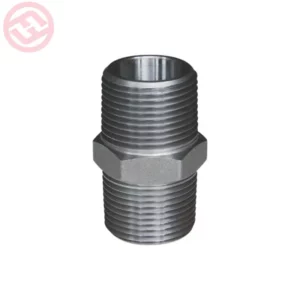Thermal expansion grooved end pipes play a role in regulating refrigerant flow in pneumatic pipe systems primarily through their ability to accommodate thermal expansion and contraction. While they do not directly regulate flow like valves or regulators, they contribute to the overall system performance by providing flexibility and preventing damage due to thermal stresses.
Here’s how they function:
- Accommodating Thermal Expansion and Contraction: Refrigerant systems are subjected to temperature variations, causing the piping to expand and contract. Thermal expansion grooved end pipes are designed with grooves along their length, allowing them to flex and adjust their length in response to temperature changes. This accommodation of thermal expansion and contraction helps prevent the pipes from buckling, bending, or bursting due to thermal stresses.
- Maintaining System Integrity: By accommodating thermal expansion and contraction, thermal expansion grooved end pipes help maintain the integrity of the pneumatic pipe system. Without them, rigid piping systems could experience damage, leaks, or failures as a result of thermal stress buildup.
- Ensuring Consistent Refrigerant Flow: While thermal expansion grooved end pipes do not directly regulate refrigerant flow, their ability to maintain system integrity ensures consistent flow rates and prevents disruptions in the flow of refrigerant. grooved end pipes This is crucial for the efficient operation of pneumatic refrigeration systems, as any restrictions or blockages in the piping can lead to reduced system performance or failures.
- Reducing Maintenance and Repair Needs: By minimizing the risk of damage from thermal stresses, thermal expansion grooved end pipes help reduce the need for maintenance and repair of pneumatic refrigeration systems. This results in improved system reliability, uptime, and cost-effectiveness over the system’s lifecycle.
- Compatibility with Expansion Joints: In some cases, thermal expansion grooved end pipes may be used in conjunction with expansion joints or flexible connectors to further accommodate thermal movement and vibration within the piping system. This combination of components provides enhanced flexibility and resilience to temperature fluctuations.
Overall, while thermal expansion grooved end pipes do not directly regulate refrigerant flow in pneumatic pipe systems, they play a crucial role in maintaining system integrity, preventing damage from thermal stresses, and ensuring consistent refrigerant flow. Their ability to accommodate thermal expansion and contraction helps optimize the performance, reliability, and longevity of pneumatic refrigeration systems.
